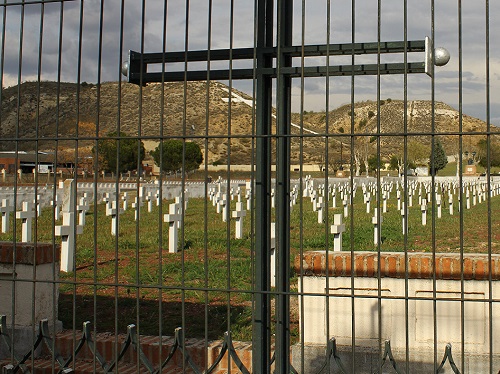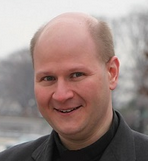
As the world remembers the hundredth anniversary of the Bolshevik Revolution, Spain commemorates the thousands of Christians martyred by the Communists during the Spanish Red Terror. Historian Stanley G. Payne called this period the “most extensive and violent persecution of Catholicism in Western history, in some way even more intense than that of the French Revolution.”
Every November 6, the Roman Catholic Church in Spain remembers those martyred for their faith by socialists during this anti-Christian persecution, which peaked at the outset of the Spanish Civil War in 1936.
Ángel Manuel García Carmona brings this tragedy, and the intellectual trends that created it, to life for readers of Religion & Liberty Transatlantic. He writes those regions of Spain controlled by the Popular Front – the alliance of socialists and Communists largely controlled by Moscow:
were the scenes of dramatic religious persecution. Some 6,832 religious were murdered between 1936 and 1939 – including 13 bishops and 4,184 priests. As many as 20,000 churches were destroyed, many of them before the war commenced.
One of the deadliest massacres came in the autumn of 1936. At least 5,000 citizens were killed in the city of Paracuellos del Jarama (Madrid) by order of Madrid Committee of Defence, which was ruled by communists. People, especially women, were murdered for attending Mass.
By the end of the Spanish Civil War in 1939, an estimated one-fifth of the nation’s Catholic clergy lay dead.
Nonetheless, a dogged propaganda campaign in the West, and the dictatorship of Generalissimo Francisco Franco (who is still dead), have swept these slaughters from public memory. “The crimes committed by the 40,000 international red brigades, under the leadership of the Moscow-controlled Comintern, remain, to date, uninvestigated and unpunished,” observed Spanish television producer Jose Nieto a few years ago.
Indeed, they are largely forgotten, or never learned in the first place. Less well-understood yet is what preceded them: economic collectivism and the confiscation of Christians’ property. As Carmona writes, in 1931 “the Parliament passed a constitution that banned religious orders, Catholic education, or religious cemeteries.” Here, the Popular Front followed the script established by the Bolsheviks when they conquered Russia just a few years earlier. In March 1922, Lenin instructed the Politburo to “confiscate all church property with all the ruthless energy we can still muster.”
Ángel Manuel García Carmona writes that the intertwined ideologies of collectivism and fundamentalist secularism continue to threaten people of faith to this day:
Marxist regimes and cadres were the vanguard of the intolerant secularism percolating throughout our culture. Its goals are achieved when economic resources are collectivised into the hands of those secular statists. Yet collectivism and militant atheism are growing as the prime threats to those of any faith, including faith in our common Western civilisation.
(Photo credit: Contando Estrelas. This photo has been cropped. CC BY-SA 2.0.)

